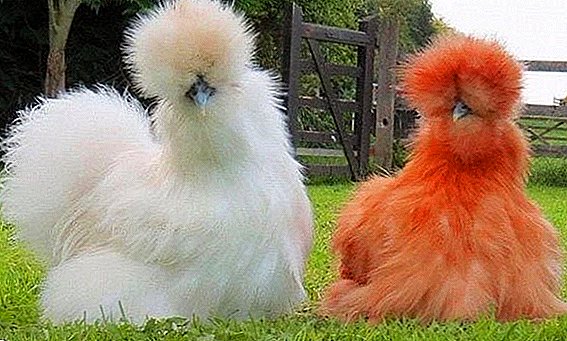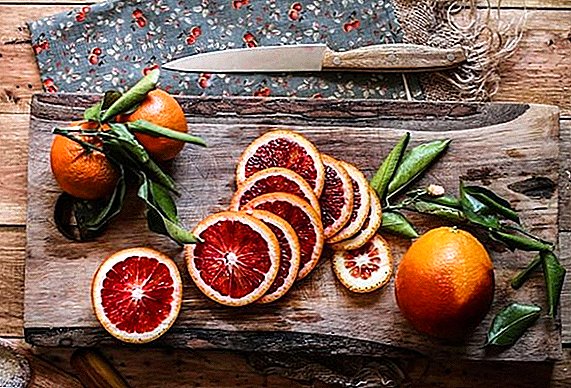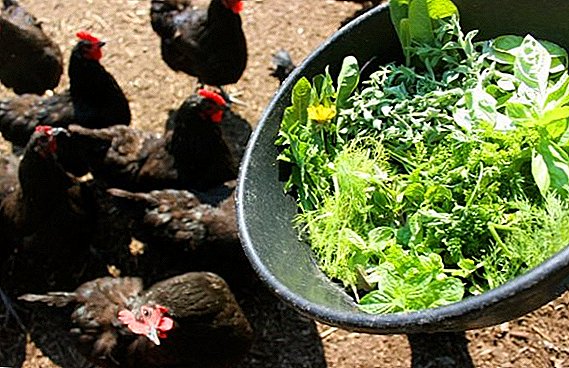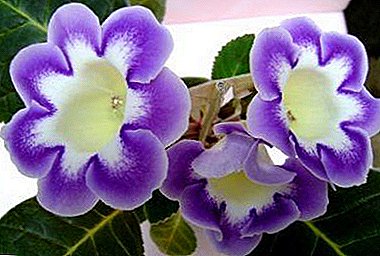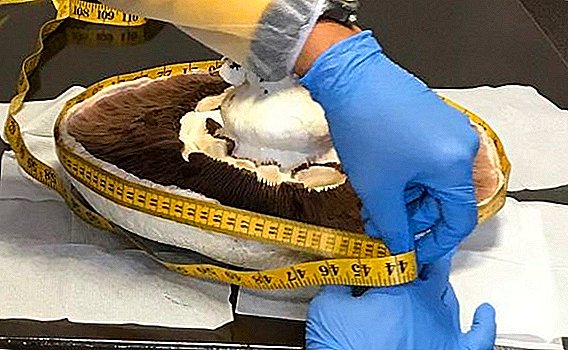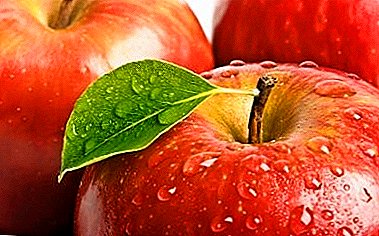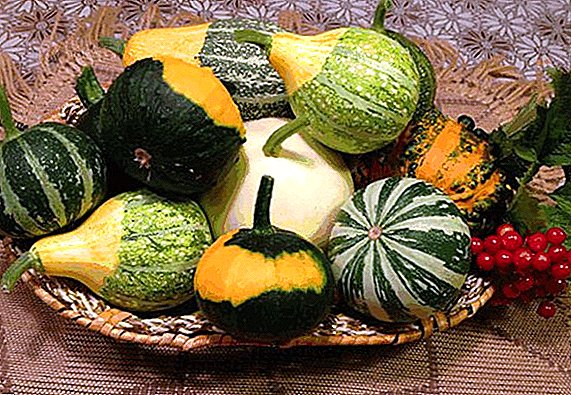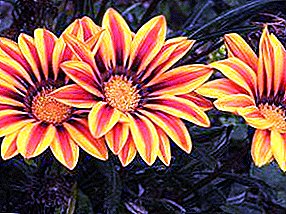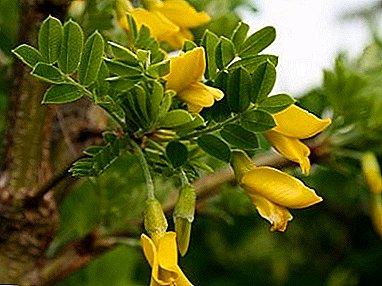
Bushes and trees with emerald leaves, yellow flowers, "moths" and narrow long pods, massively planted to strengthen the slopes and protect the roadsides, belong to the genus of Karagan.
This botanical name comes from the Kyrgyz words "Kara" - "black" and "ghana" - "ear", referring to the black-eared foxes, which are hidden in the dense thickets of these plants.
Their typical species, Caragana tree or yellow acacia, grows in Siberian forests, on the Altai and Sayan ranges, in the south of the Urals, in Kazakhstan and in the Caucasus mountains. The area of yellow acacia significantly expanded target plantings in landscape gardening culture.
Description of the plant species of Caragan tree
Deciduous tree, often a shrub reaching a height of 3 to 6.5 meters, with alternate complex leaves on the petioles and trunks up to 15 cm in diameter, has a taproot, from which a number of auxiliary roots depart.
Root system yellow acacia, thanks to symbiosis with specialized bacteria, can absorb atmospheric nitrogen, translating it into a form available to plants and, thereby, enriching the soil.
In May and June, bright yellow flowers of the moth form, characteristic of all legumes, form and unfold in the leaf axils.
Small elongated fruits ripen in long narrow cylindrical pods.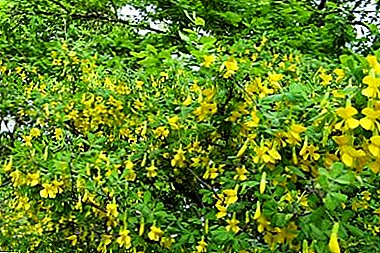
- The following forms of these unpretentious useful plants are found in landscape gardening plantings:
- Tree pendula (yellow acacia weeping).
- Ussuriyskaya
- Karagana Kustarnikovaya
- Prickly
- Dwarf
Winter-hardy, deciduous, fast-growing tree up to two meters high with hanging long shoots. Responds well to formative pruning.
Spiny low (up to one and a half meters) shrub with dark green shiny foliage and large yellow, later reddening, winter-hardy flowers and very decorative.
It grows to a height of two meters, has varieties of “grandiflora” with large flowers, a “latifolia” with wide leaves, and a “globoza” with a rounded crown.
It has been cultivated since 1775, as an exceptionally winter-hardy and hardy shrub up to one and a half meters high, forming green hedges, additionally “strengthened” by six-centimeter spikes on the stems.
In height from 30 cm to 1.5 m, with bright yellow flowers and leaves, grouped in bunches, grows well in dry rocky places, blooms all summer.
We should also mention the "Red Book" Caragana mane or "camel tail", since ancient times used in Tibetan medicine. It is a squat alpine shrub, shoots, the leaves and fruits of which are protected by densely arranged long, up to 7 cm, spikes. Pink and orange, much less white single flowers are revealed in June. The fruits ripen in September.
Karagana treelike in an open ground
Lighting
For landing it is better to choose a well-lit place. The yellow acacia will not get burned even under the scorching sun.
Temperature
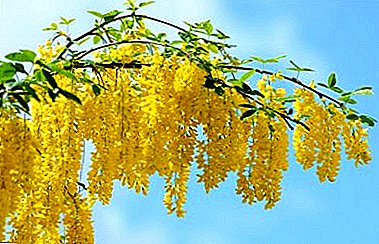
This plant is a real extreme, which can withstand temperatures down to minus 45 in the same way as strong heat.
Soil and its moisture
To the composition of the soil super-tolerant yellow acacia is undemanding, it any soil will dowith the exception of very acidic soils with a pH of 3 to 4.
Besides, the soil should not be swamped. Not suitable for planting places with high groundwater or constant rain flow.
Landing
Optimal timing landing: Spring (before the leaves turned) and autumn (after leaf fall). In the summer (not during flowering), leafed acacia bushes are planted only with an earthy clod.
In the landing pit, stocked rubble drainage layer, make a complete mineral complex, as well as compost.
Watering
The plant is adapted to long periods of drought and undemanding to the frequency of watering.
Excess moisture, and even more so its stagnation is detrimental to yellow acacia.
Top dressing
In order to further stimulate growth and accelerate the development of tree caragana, one can carry out spring mineral dressing full range as well before flowering water it organic solution.
At the same time, the Caragan plant provides itself with self-feeding, assimilating, like all members of the legume family, air nitrogen due to symbiosis with nitrogen-fixing bacteria.
Growth and pruning

In culture, these shrub trees live up to 45 years, grow quite quickly and respond well to anti-aging and formative pruning.
It is carried out in the spring, before bud break.
In summer, the plant heals, cutting out damaged or dead shoots.
Bloom
Flowering season covers summer period and can last, depending on the variety or variety, from one to three months.
Yellow acacia - beautiful honey plant, giving 300-350 kg of honey per hectare. Acacia honey is so high in fructose that it does not sugary during storage.
Acacia flowers are added to tea to give the drink a delicate honey aroma.
Breeding
Acacia yellow reproduces seeds, green cuttings, layering and dividing the bush.
Seed propagation
Sowing in open ground is carried out March-Aprilafter soaking the seeds during the day in cold water. As a rule, the seeds have good germination, and the shoots have a characteristic viability of Caragan. As they develop, they are seated in permanent places.
Reproduction green cuttings
Cuttings can be prepared during spring or summer pruning. It is useful to process the lower sections with a root formation stimulator. The cuttings prepared in this way are planted in a moderately moist soil. Rooting occurs within a month.
Reproduction by layering
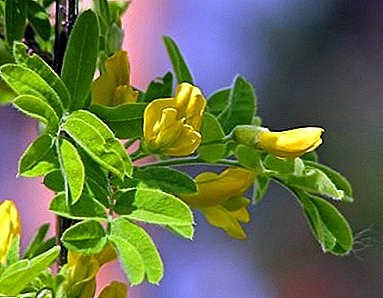
In the spring they bend one of the lower, not old branches to the ground, fix the middle part of the branch, drop it down and sprinkle it moderately. By the beginning of the next spring, the layers are well rooted and can be separated from the parent plant.
Reproduction by dividing the bush
As a rule, a well-developing yellow acacia produces numerous rhizome shootswhich separated in spring, in the optimal time for planting, and planted in separate holes at a distance of at least 50-70 cm from the parent bush.
Diseases and pests
Yellow acacia is resistant to diseases and pests.
In densely planted hedges with regular moisture plant can infect fungal diseases, most often - leaf rust. In this case, spraying with Bordeaux mixture is used to cure, and as a prophylaxis, a fairly dry content of plantings.
Specialized pests - acacia aphid, acacia leaflet and lozhnoashchikov - represent a danger to the plant. The most effective means of combating these insects are insecticides of systemic action.
Medicinal properties
Alkaloids, flavonoids and others biologically active substances contained in the bark, roots, leaves and flowers of Caraganycondition it therapeutic effect, which has long been used by folk healers.
So, the bark and leaves of yellow acacia are used to make remedies for inflammatory diseases of the skin and upper respiratory tract, as well as liver diseases and headaches.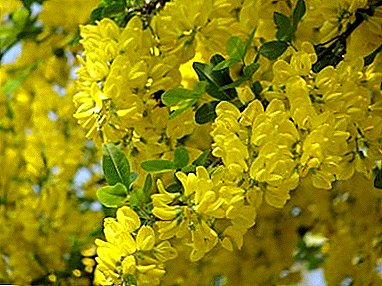
The bark has anti-inflammatory and disinfectant properties, branches and flowers have anti-rheumatic effect, and the infusion of leaves is used to treat atherosclerosis.
Experienced herbalists apply decoctions and infusions of plant materials of Caragana and its varieties - dwarf, prickly, tree, shrub, Ussuri - with a whole spectrum of diseases.
However overdose of these drugs is dangeroustherefore, they are used carefully and consciously.
The same applies to the Caragana - one of the leading plants of the Tibetan medical tradition, in which decoctions and infusions of both the underground and aboveground parts are used as antitumor, anti-inflammatory, sedative and anesthetic agents.
Acacia honey also has healing properties. It restores strength and overall tone, is an effective means of beriberi, cough and nervous tension. High content of fructose makes acacia honey most suitable for diabetic nutrition. Hypoallergenic and high content of carotene (provitamin A) allow us to recommend it to children. Acacia, collected in May-June, honey is considered to be one of the best.
Extremely hardy, unpretentious and rather decorative yellow acacia combines a whole range of useful properties.
This medicinal honey plant, enriching the earth with nitrogen, strengthening the slopes, forming hedges, is the optimal plant for target plantings in well-lit dry areas in the middle lane and more northern regions.
A photo
Next, you can see photos of planting and care for yellow acacia - tree caraganas: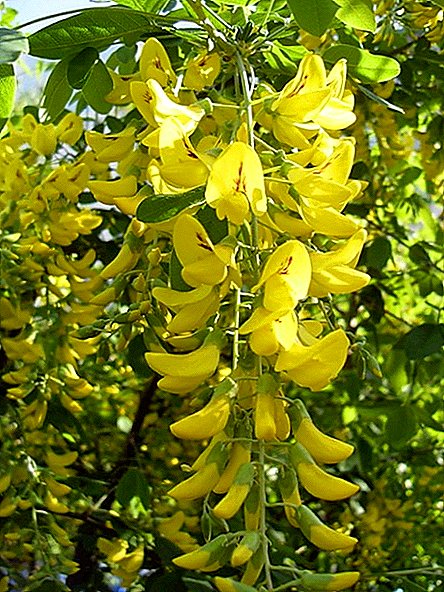
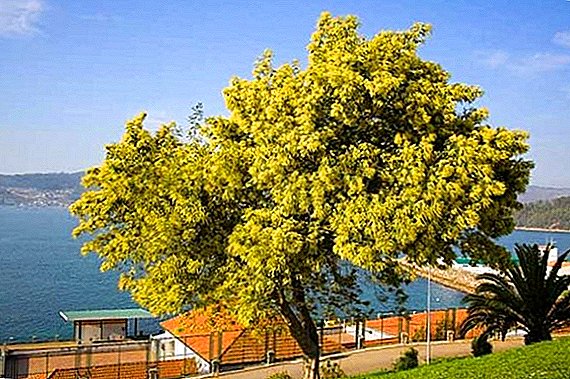
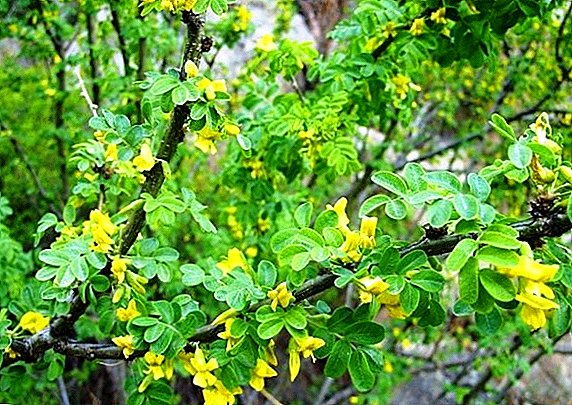
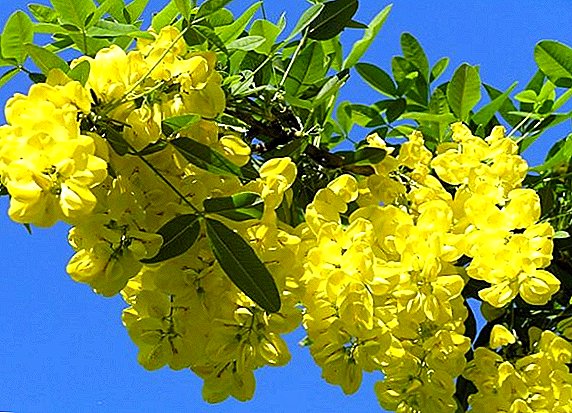
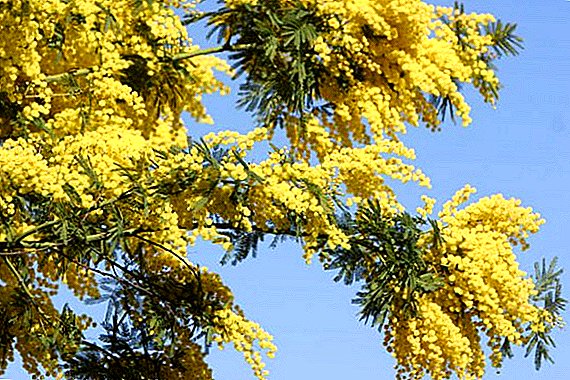
- Types of Acacia:
- Lankaran Acacia
- Black Acacia
- Silver Acacia
- Sand Acacia
- White Acacia
- Pink Acacia
- Acacia Catechu
- Care of Acacia:
- Acacia in medicine
- Flowering Acacia
- Landing Acacia


